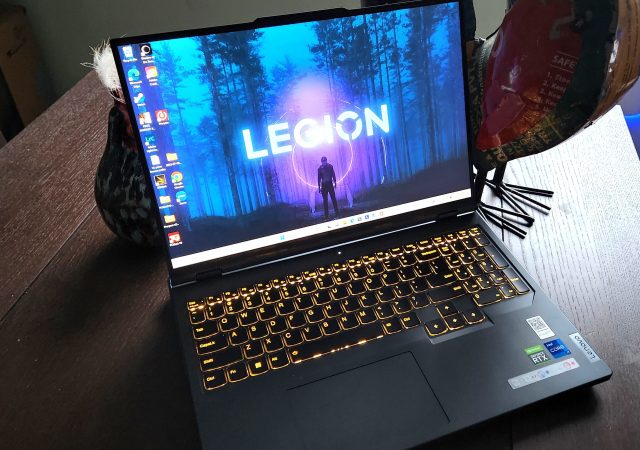[Article first published as Amazon’s Tablet Poised to Take a Bite out of iPad sales? on Blogcritics.]
OK we’re going to do a little bit of word association. I’m going to say a word and then you tell me what the first thing that comes to your mind is. The word is…
TABLET.
So what image flashed across your mind? The Ten Commandments? The Rosetta Stone? Nah, chances are, for the majority of you I would think, the image you saw in your head was that of an Apple iPad. And that makes sense. When it comes to tablet computing the iPad is in fact the most popular device currently available on the market, with 29 million sold in just the first 15 months the device was on the shelf.
And the masses love it for a number of reasons, whether that has to do with actual user need and functionality, cool factor, Apple fandom or simply being able to say “I have an iPad.” So it sells. At a $499 price point for the entry level model, it’s not really a tough sell to most folks either. But what if you wanted a tablet but didn’t want an iPad? What were the options that were available? Windows 7-based slates were buggy and DOA to begin with. Android-based units like Samsung’s Galaxy Tab and the Motorola Xoom couldn’t compete on price. HP’s WebOS-based TouchPad tanked and triggered a fire sale. Other cheaper models couldn’t compete on quality.
So there the iPad sits, atop the stack of available tablets, on its golden mobile apple-shaped throne. All of this bolstered, of course, by Apple’s ferociously loyal fanbase in the cult of Mac. But I won’t deny the genius of Jobs. He created a sub-market of computing that there was no real need for by introducing a product, and letting consumers create that need themselves. Brilliance. So now we have the current tablet market. Out-speccing the iPad creates a disadvantage on price, outpricing it means lower quality, and no one has figured out a way to strike that balance and see the same level of success.
As my gaming roots run deep in Street Fighter, this is where I picture “here comes a new challenger!” flying across the screen at the prospect of a new tablet officially being announced this week by Amazon in a Wednesday press event. And this fight card is shaping up to be a good one as both companies are doing well financially and have strong customer bases. Both Apple and Amazon have first to market titles for different devices – Apple’s iPad for modern tablet, and Amazon’s Kindle as a modern e-reader. The real difference between the two giants is tactics and content.
Apple has hardware, and that’s what brings in their dollars. There’s a healthy amount of profit from hardware sales from the iPad, with Apple pulling down about $200 for each $499 iPad sold. This contrasts sharply to Amazon’s Kindle strategy, who sells the WiFi model of their Kindle at a loss for $139. They rely on sales from Amazon.com for their money making, which includes not only e-books, but video streams and music as well. Logic would dictate that this is the same strategy will be used for the upcoming tablet, and with a projected $249 price tag, that seems highly plausible.
While sales tactics are at opposite ends of the spectrum, it’s going to be content that puts at least a dent in the iPad’s numbers, due in part to delivery through their Amazon Prime subscription program. I myself am an Amazon Prime customer, and have been for a while so I could save money on 2-day shipping and get a deep discount when I need next-day air. But over the last year, the Prime service has added a library of on-demand video streams of movies, documentaries and television programs for Prime Customers, which now makes the subscription more than worth the money in my eyes. Recently they even inked a deal with Fox to add programs like the X-Files and Arrested Development to an already impressive lineup, making the $79/year fee a pretty good deal. On top of that there’s a lot of potential of that kind of content paired with a mobile Android device for viewing it. And let’s not forget that it’s sure to have a built in Kindle book reader.
Tablet users generally don’t use their devices for anything heavy or resource intensive, so after email, web, social apps and casual games, my guess is that next on the list is video and music, if my own use of my Droid X is any indication. If that’s the case then the Kindle Tab doesn’t even have to come close to matching the iPad on specs, as long as it can deliver media content the way I think it can. I’m not saying it will dethrone Apple on the tablet front, but it has the potential to at least pick up a decent chunk of prospective tablet buyers that were eyeing the iPad. It’ll be priced right and have an extensive library behind it.



